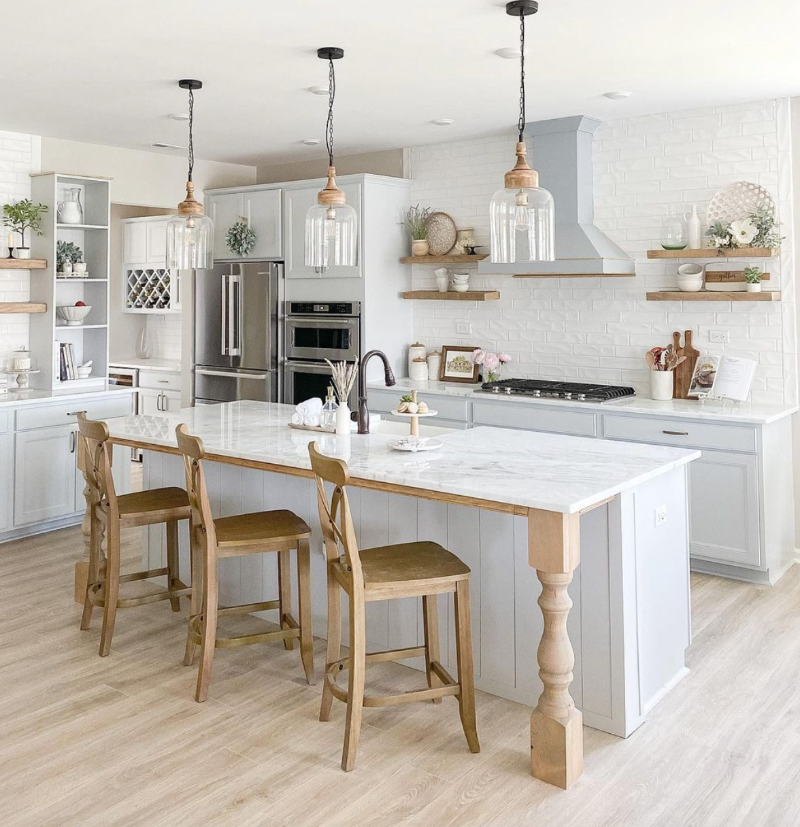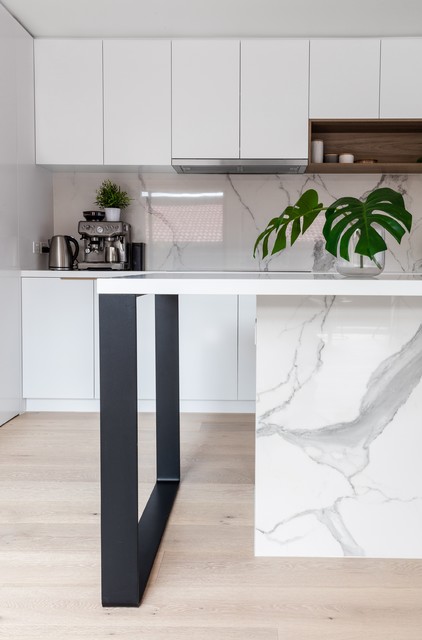Selecting the Suitable Kitchen Island Leg for Toughness and Performance
Selecting the Suitable Kitchen Island Leg for Toughness and Performance
Blog Article
The Relevance of a Sturdy Kitchen Island Leg in Developing a Functional Food Preparation Location
A strong kitchen island leg serves as an essential part in establishing a functional food preparation setting, giving required assistance for both the counter top and different kitchen area tasks. As cooking areas advance into multifunctional locations for cooking, eating, and mingling, the selection of products and design factors to consider for island legs comes to be progressively crucial.
Advantages of Sturdy Island Legs
Giving necessary assistance, sturdy kitchen island legs play a crucial duty in improving the performance and toughness of kitchen islands - kitchen island leg. These legs not just birth the weight of the kitchen counter and any kind of extra things put on the island, but likewise add to the overall stability of the structure. A well-supported cooking area island makes certain that it stays useful and upright, even under heavy use, which is especially vital in hectic kitchen environments
Additionally, sturdy island legs can improve the aesthetic allure of the kitchen area. They give a strong structure that can enhance different layout styles, from modern-day to typical. This flexibility permits homeowners to tailor their cooking area islands according to personal preference while making sure that the architectural integrity stays uncompromised.
In addition to their encouraging function, robust kitchen area island legs can additionally improve safety. A steady island reduces the threat of mishaps triggered by tipping or wobbling, which is especially essential in families with kids or senior individuals. Solid legs can help with a smooth circulation of activities, permitting for reliable dish prep work and social interactions within the cooking area room. Ultimately, spending in tough kitchen area island legs is vital for a useful and visually pleasing cooking location.
Materials for Kitchen Island Legs
When picking products for cooking area island legs, resilience and aesthetic allure are important aspects to take into consideration. The most common products include wood, steel, and engineered timber, each offering one-of-a-kind advantages.
Wood, such as oak, maple, or cherry, is a traditional option because of its toughness and timeless elegance (kitchen island leg). It can stand up to significant weight and is resistant to use, making it ideal for high-use kitchen area atmospheres. Additionally, hardwood can be stained or repainted to match different cooking area styles
Steel legs, usually crafted from stainless-steel or wrought iron, supply a contemporary and industrial look. They are extremely solid and can support considerable tons while being immune to dampness and warmth, which is beneficial in a cooking location. Steel legs can also be quickly cleaned, improving their practicality.

Style Factors To Consider for Security
The selection of products for kitchen area island legs directly influences the layout factors to consider for security. When creating a kitchen island, it is critical to evaluate the weight-bearing ability of the picked products. Larger products, such as solid wood or steel, commonly supply greater stability, especially under the stress of day-to-day usage.
Furthermore, the leg layout need to include proper geometry to boost stability. A larger base raises the assistance location, minimizing the threat of tipping or wobbling. Consideration should additionally be provided to the elevation of the legs; out of proportion leg sizes can cause discrepancy, jeopardizing the general stability of the island.
Furthermore, the circulation of weight throughout the island is crucial. Guaranteeing that the leg placement straightens with the heaviest parts, such as home appliances and countertops, will additionally enhance stability.
Maintenance Tips for Long Life

Depending on the product of the legs-- whether wood, metal, or composite-- suitable cleansing approaches ought to click here for more be utilized. Steel legs might require a light polish to prevent corrosion and keep their appeal.
Furthermore, tightening screws and bolts routinely can ensure stability and protect against wobbling. If the cooking area island experiences heavy use, take into consideration strengthening the legs with added braces or supports to boost resilience. Using a protective finish or sealer can safeguard versus wetness and spots, extending the lifespan of visit this page the legs. By following these maintenance pointers, home owners can guarantee their kitchen island legs remain durable and practical for many years to find.
Picking the Right Leg Style
Regular upkeep ensures that kitchen island legs continue to be strong and practical, but selecting the appropriate leg design is just as essential for both visual appeals and assistance. The selection of leg style can dramatically affect the total style and consistency of your kitchen area.

Performance is another important element. Thicker legs or those with a strong base can support larger countertops and tools, boosting the island's utility. Conversely, slim legs may develop a ventilated appearance, suitable for lighter designs but possibly less helpful.
Conclusion
In recap, the relevance of durable kitchen island legs can not be overemphasized in the development of a useful cooking area. These legs give crucial assistance, improve security, and add to the Read More Here overall visual of the kitchen.
A sturdy kitchen area island leg offers as a basic part in establishing a functional food preparation environment, offering required assistance for both the kitchen counter and various kitchen activities.Giving essential support, tough kitchen island legs play a pivotal duty in enhancing the functionality and toughness of kitchen area islands. Inevitably, investing in tough kitchen area island legs is essential for a useful and visually pleasing cooking area.
Factor to consider ought to additionally be given to the elevation of the legs; out of proportion leg sizes can lead to imbalance, jeopardizing the total security of the island.
Wooden legs supply warmth and a timeless look, while metal legs supply a industrial and modern-day feel.
Report this page